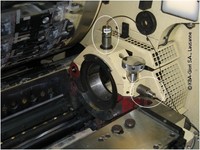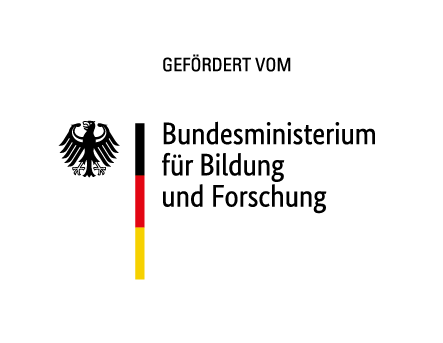
MMW: Multi-sensorische Mustererkennung an Wertdruckmaschinen

During printed product manufacturing, measures are typically taken to ensure a certain level of printing quality. This is particularly true in the field of security printing, where the quality standards, which must be reached by the end-products, are very high, i.e. banknotes, security documents and such like. Quality inspection of printed products is conventionally limited to the optical inspection of the printed product. Usually only the existence or appearance of colours and their textures are checked by an optical inspection system. In general, those mono-modal systems have difficulties in detection of low degradation errors over time. Experienced printing press operators may be capable of identifying degradation or deviation in the printing press behaviour, which could lead to the occurrence of printing errors, for instance characteristic "sounds" produced by the printing press.
Obviously there is a need for an improved inspection system which is not merely restricted to the optical inspection of the printed end-product, but which can take other factors into account than optical quality criteria. A general aim is to improve the known inspection techniques and propose an inspection methodology which can ensure a comprehensive quality control of the printed substrates processed by printing presses, especially printing presses that are designed to process substrates used in the course of the production of banknotes, security documents and such like. Additionally, a second aim is to propose a method, which is suited to be implemented as an expert system designed to facilitate operation of the printing press.
In general, multiple sensors are combined and mounted at a production machine.
One assumption, which is made in such applications, is that the sensor signals should be decorrelated at least in a weak sense. Although, this strategy is conclusive, the main drawback is based on the fact that even experts have only vague information about sensory cross correlation effects in machines or production systems. Furthermore, many measurements which are taken traditionally result in ineffective data simply because the measurement methods are suboptimal.
The research project will highlight new concepts for multi-sensory-based information fusion.

